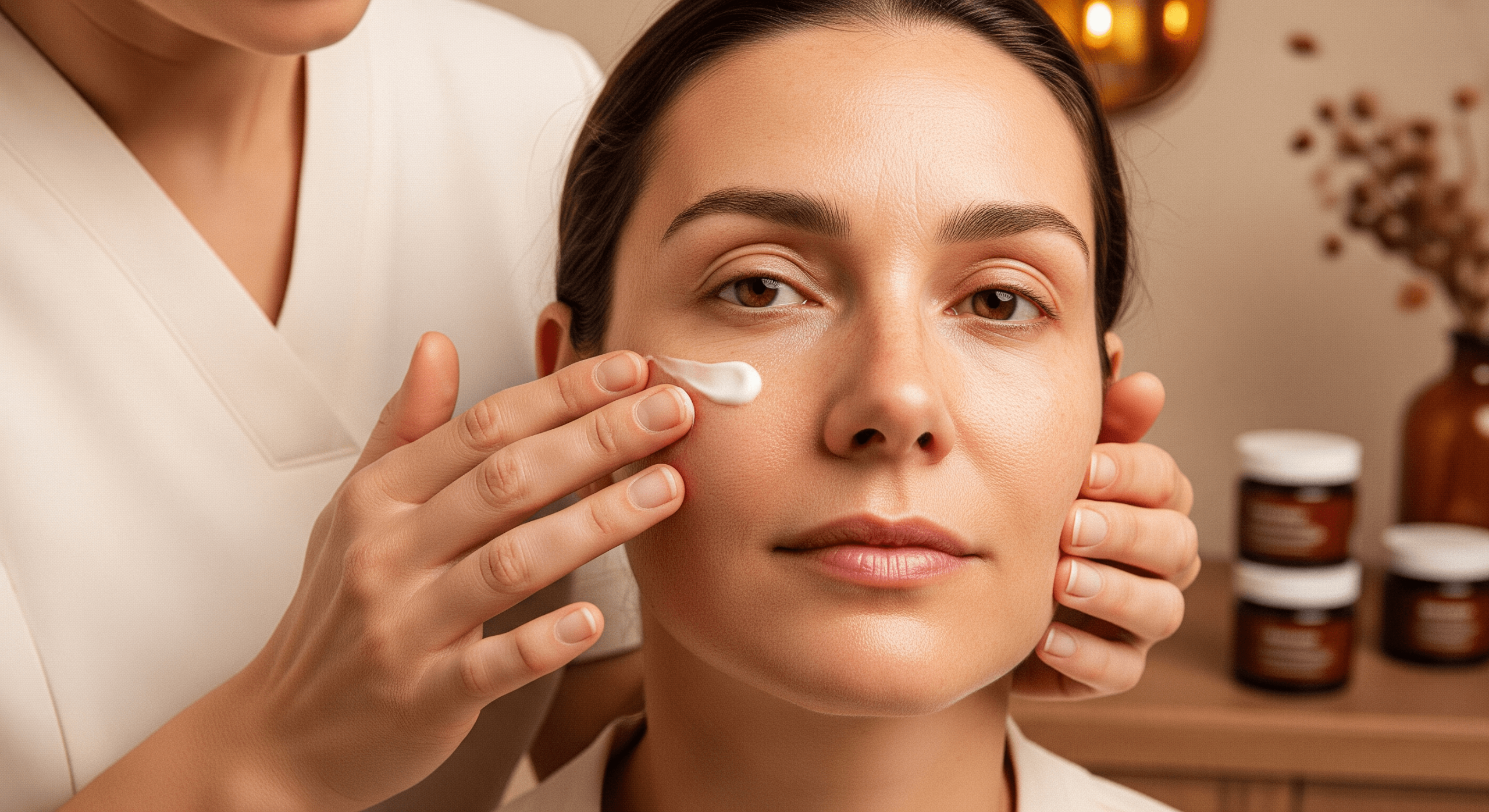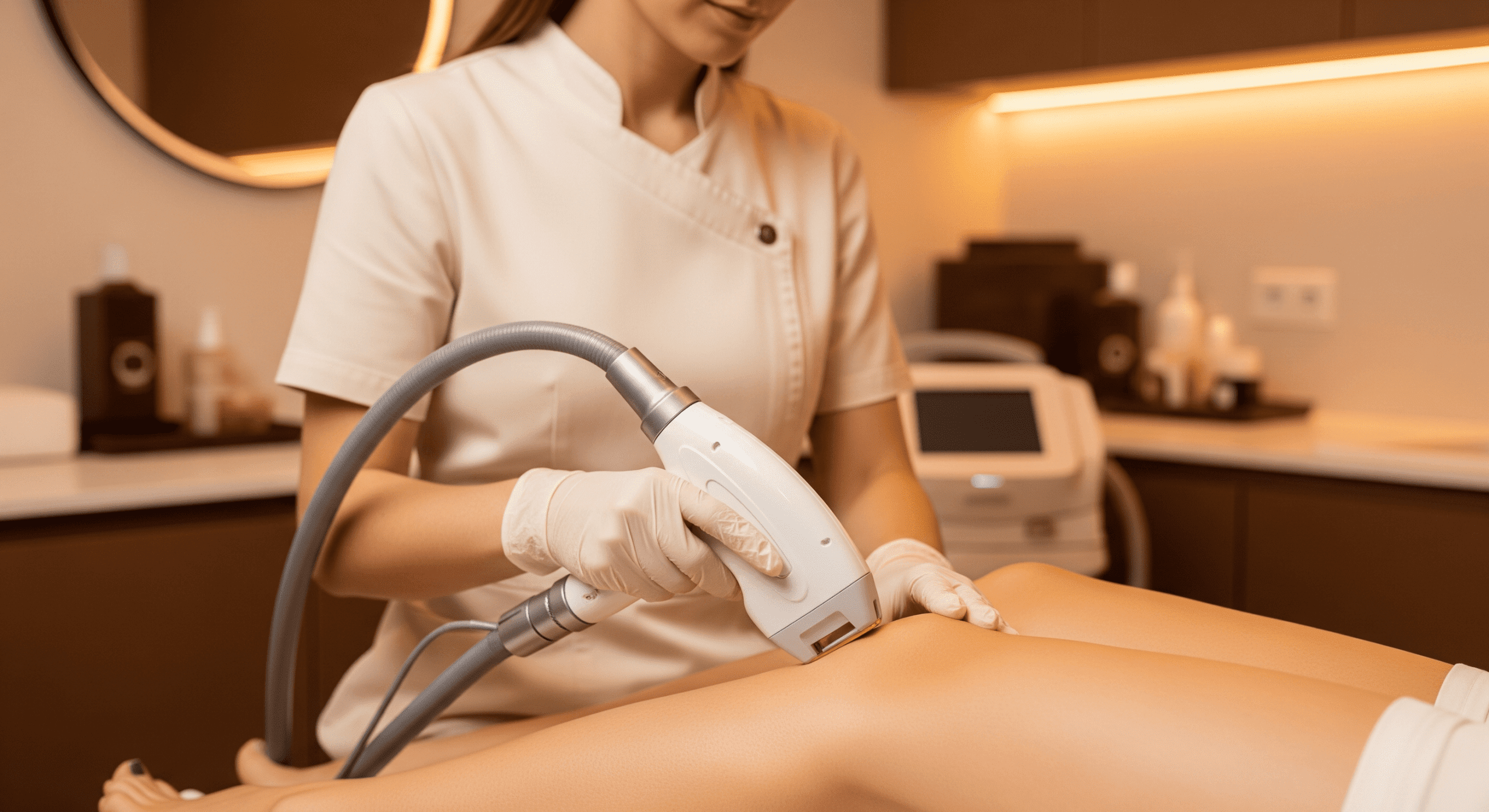From smartphones to laptops, digital screens dominate our daily routines. But while they keep us connected and productive, they’re quietly taking a toll on your skin. This phenomenon—known as tech aging—is becoming one of the most overlooked contributors to premature wrinkles, fine lines, and skin fatigue.
Whether it’s blue light exposure, repetitive facial movements, or poor posture, your tech habits may be sabotaging your skincare efforts. Let’s explore how digital devices are accelerating skin aging—and what you can do to prevent it.
Jump to:
TLDR – Quick Guide
- Prolonged screen time exposes skin to blue light, contributing to oxidative stress and aging.
- Repetitive downward gazing causes “tech neck” and enhances sagging and wrinkles.
- Poor posture impacts circulation and facial contours, accelerating skin fatigue.
- Preventive skincare, posture correction, and professional treatments can help reverse tech aging effects.
Detailed Breakdown
1. Blue Light: The Digital Age’s UV
Blue light, or HEV (high-energy visible) light, is emitted from screens and penetrates deeper than UVB rays. Studies suggest it may generate free radicals that accelerate aging by breaking down collagen and promoting hyperpigmentation.
A Journal of Investigative Dermatology study found that blue light can cause more pigmentation than UVA in some skin types.
While it doesn’t burn like the sun, chronic exposure from phones, tablets, and monitors may slowly degrade your skin’s resilience.
2. Tech Neck and Expression Lines
Looking down at screens for hours can lead to “tech neck”—deep horizontal lines and skin laxity around the neck and jawline. Combine that with repetitive facial expressions during screen use (like squinting or frowning), and you’re fast-tracking the appearance of fine lines around the eyes and forehead.
3. Circulation and Contour Disruption
Prolonged sitting with forward head posture reduces blood flow and lymphatic drainage to the face. Over time, this contributes to dull skin, puffiness, and weakened facial contours.
Poor circulation means fewer nutrients reach skin cells, slowing down regeneration and amplifying the signs of fatigue and aging.
4. How to Fight Back: Treatments & Tactics
1. Blue Light Defense Skincare
Look for products with antioxidants like niacinamide, vitamin C, and ferulic acid to neutralize free radicals. Sunscreens with iron oxides also offer HEV protection even indoors.
2. Posture and Ergonomics
Adjust your workstation to bring screens to eye level. Use ergonomic chairs and take regular stretch breaks to improve blood flow and reduce strain on neck muscles.
3. Skin Detox and Collagen Support
Incorporate professional-grade treatments like:
- Microneedling to stimulate collagen regeneration
- LED Light Therapy for skin rejuvenation
- Laser Resurfacing to improve texture and tone
4. Lifestyle Adjustments
Reduce unnecessary screen time, maintain hydration, and support your skin barrier with ceramide-rich moisturizers.
At Skin Care Institute, we offer advanced treatment plans tailored to combat digital-age skin stressors, helping you restore clarity, firmness, and vitality to your complexion.
Key Takeaways
- Tech aging is a real and growing concern driven by blue light, facial posture, and screen-related habits.
- Blue light contributes to free radical damage, while posture and facial strain accelerate wrinkles and sagging.
- Skincare, posture awareness, and professional aesthetic treatments can help reverse visible signs.
- Understanding the connection between tech aging and skin empowers you to make smarter wellness and skincare choices.
FAQs
What is tech aging?
Tech aging refers to premature skin aging caused by prolonged exposure to digital screens, poor posture, and blue light.
Can blue light from screens damage skin?
Yes, studies show that blue light can trigger oxidative stress and increase pigmentation and collagen breakdown.
What are the signs of tech aging?
Common signs include “tech neck,” fine lines, puffiness, skin fatigue, and pigmentation from screen exposure.
How do I protect my skin from blue light?
Use antioxidant-rich skincare, iron oxide sunscreens, and limit screen exposure when possible.
What are the best treatments for tech-related skin aging?
Microneedling, laser therapy, LED treatments, and facials that target collagen loss and skin texture are highly effective.


